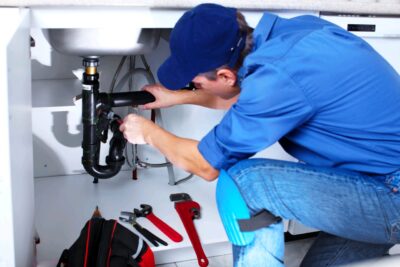If you’re an avid firearm aficionado, you know how expensive ammunition can be. Not only the ammunition, but its parts are expensive as well–especially the casings. In fact, some casings are worth more than the bullets inside of them!
Fortunately, for those interested in reloading, reloading bullet casings is a relatively simple process. In this article, we’ll go over some information on reloading bullet casings and also some tips and tricks on how to best do it.
Selecting the Right Bullet Casing to Reload
Reloading bullets is an important process for gunsmiths, hunters, and target shooters. View brass casings for sale and carefully select your cases. Purchase ones that are high-quality and compatible with your gun.
Begin by looking for reloadable casings that are free from dents, nicks or gouges on the casing. You should also inspect the base and make sure it is properly attached. Next, select bullets that meet the specifications of your firearm; some firearms may require certain dimensions or dimensions of a certain caliber.
Assembling the Necessary Tools and Materials
The basics of reloading ammunition start with gathering the various tools and materials that you’ll need. You’ll need empty bullet casings, either brass or nickel-plated steel, a scale to measure your powder, empty bullets, a seating die for the bullets, a powder funnel, lubricants, primers, and a reloading press.
For instance, a semi-automatic pistol or rifle needs a different set of reloading supplies than a rifle chambered for a magnum round. Some reloaders may need an electric priming tool or an adjustable powder-drop.
Preparing Shell Cases for Loading
Reloading bullet casings requires a few simple steps to ensure accuracy and safety. First, the original manufacturer of the empty shell case should be identified to ensure that the correct components are used for the reloading process.
Then, the shell case should be inspected for any damage or deformations that could affect the accuracy of the reload and cause it to fail. Once it is verified to be safe for reloading, the primer pocket should be cleaned out and the flash hole should be checked for debris.
Loading Primers and Powder
To load primers and powder for bullet casings, begin by ensuring your reloading station is cleared of all debris and unwanted materials. Mark the primers and powders for their caliber and seat them appropriately into the casing.
Ensure you use the correct primer and powder for specific casing, as it makes a huge difference in the way your round will fire. Use a funnel to fill the casing with powder, and then you can use a scale to accurately measure the powder charge and place it into the primer pocket.
Seating and Crimping the Bullet
Reloading bullet casings is an important part of the reloading process. Seating and crimping the bullet is the final step in reloading the casing. To begin, use a reloading press to place a pre-measured charge of powder into the casing.
Then insert the bullet into the casing and use a seater die to firmly press the bullet into the casing. Next, use a crimper die to securely crimp the casing closed so powder isn’t lost during firing.
Learn How to Reload Bullet Casings
Reloading your own bullet casings is rewarding as it can save you money and time. With a few simple tools, some basic knowledge, and some extra safety precautions, anyone can do it. Make sure to refer to the instructional videos and reload manuals for detailed instructions and advice.
Did you find this article informative? Check out the rest of our blog for more!










